Norway's Vision for a Greener Sky: The Rise of Electric Planes

The desire to fly is an idea handed down to us by our ancestors who, in their grueling travels across trackless lands in prehistoric times, looked enviously on the birds soaring freely through space, at full speed, above all obstacles, on the infinite highway of the air." - Wilbur Wright
The aviation industry faces a monumental climate challenge, and all eyes are on Norway for a potential solution. Norway aims to have all short-haul flights operating with electric planes by 2040. However, doubts persist regarding the readiness of the technology.
At the heart of this innovation lies Heart Aerospace, a startup focused on revolutionizing passenger aviation, especially for short-haul flights. Their project, the Heart ES-30, is a high-wing aircraft equipped with 30 seats, four electric motors on the wings, and a five-ton battery in the fuselage.
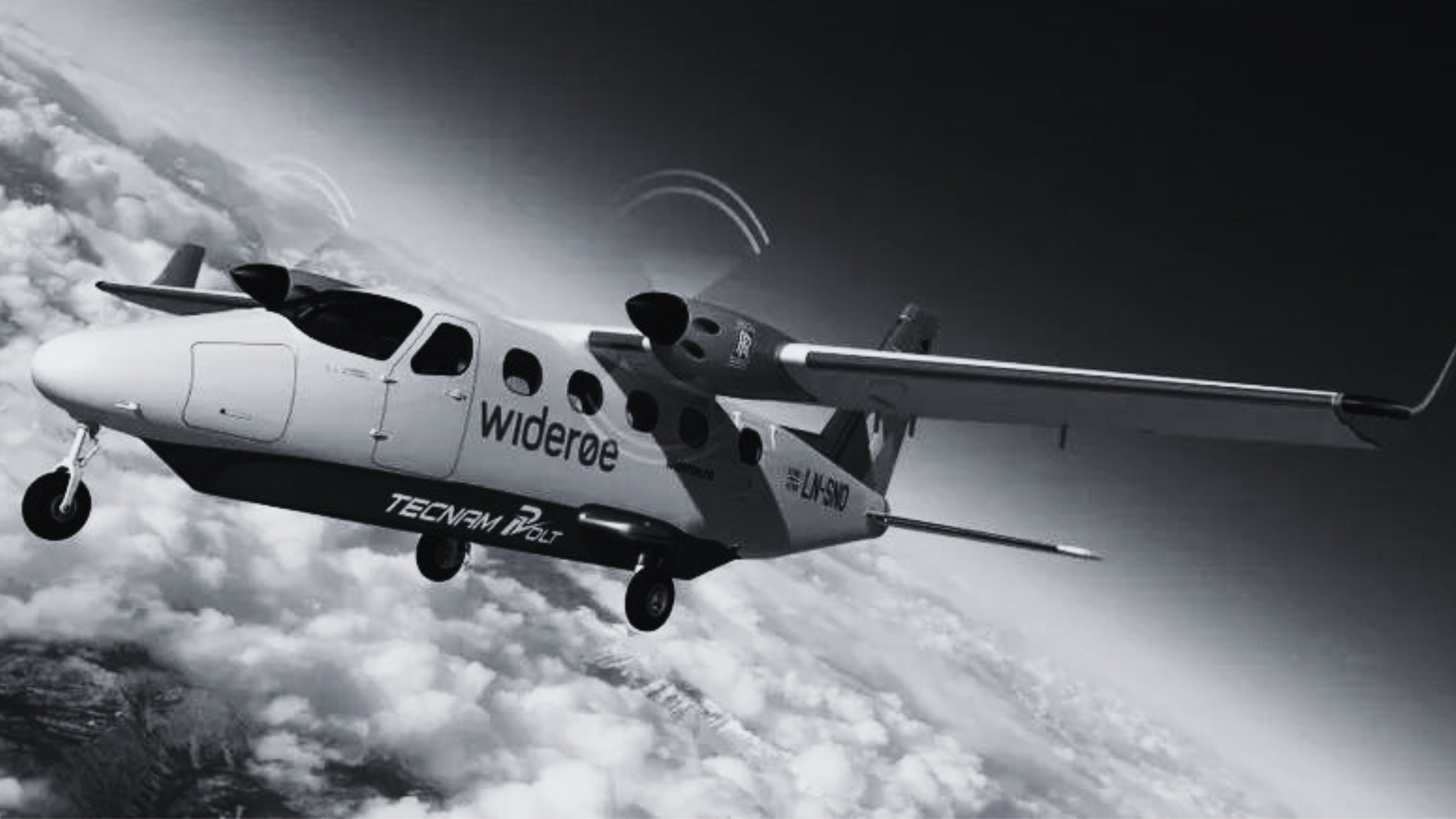
Norway's ambitious transition to electric planes follows its successful switch to electric cars, making the country a pioneer in zero-emissions aviation. The plan will cover all flights up to one and a half hours, including cross-border services. This Scandinavian initiative puts the region ahead of the rest of the European Union in green aviation.
While the concept is promising, there are challenges to overcome, such as the certification process, which can be time-consuming.
Nevertheless, Norway's unique landscape, with its difficult-to-reach regions, makes it an ideal real-world laboratory for electric aviation, as air travel remains vital for connecting people in remote areas.
Norway's nearly 90 percent hydropower-based electricity generation makes it an excellent fit for electric aviation. Several projects are already underway, like Elfly's high-wing aircraft with nine seats and battery-powered engines. Widerøe, Norway's largest regional airline, is also exploring green aviation options for its shorter flights.
Electric aviation is not without its hurdles. The limitation of battery capacity affects range, and long charging times pose challenges for short-haul traffic. Manufacturers are exploring battery swaps to reduce downtime between flights. As battery technology advances, the need for such interim solutions will diminish.
Rolls-Royce, a jet engine manufacturer, is investing in sustainable aviation and developing electric engines. Heart Aerospace's ES-30 design also accounts for future energy storage upgrades, allowing for more efficient energy use once advanced battery technology becomes available.
Despite concerns about the readiness of electric aviation, airlines have already placed orders for the Heart ES-30, with United Airlines, Air Canada, and others showing interest. The aircraft's short takeoff distance and low operating costs make it attractive for smaller airports and could potentially lead to a boom in clean mobility and lower ticket prices.
While there are challenges to address and uncertainties to navigate, Norwegian electric planes have the potential to set an example for the global aviation industry and pave the way towards a more sustainable future in air travel.
The air up there in the clouds is very pure and fine, bracing and delicious. And why shouldn't it be? - it is the same the angels breathe."
Mark Twain
There are several similar case studies and initiatives around the world that focus on electric aviation and sustainable solutions for the aviation industry. Here are a few notable examples:
Pipistrel Alpha Electro - Slovenia
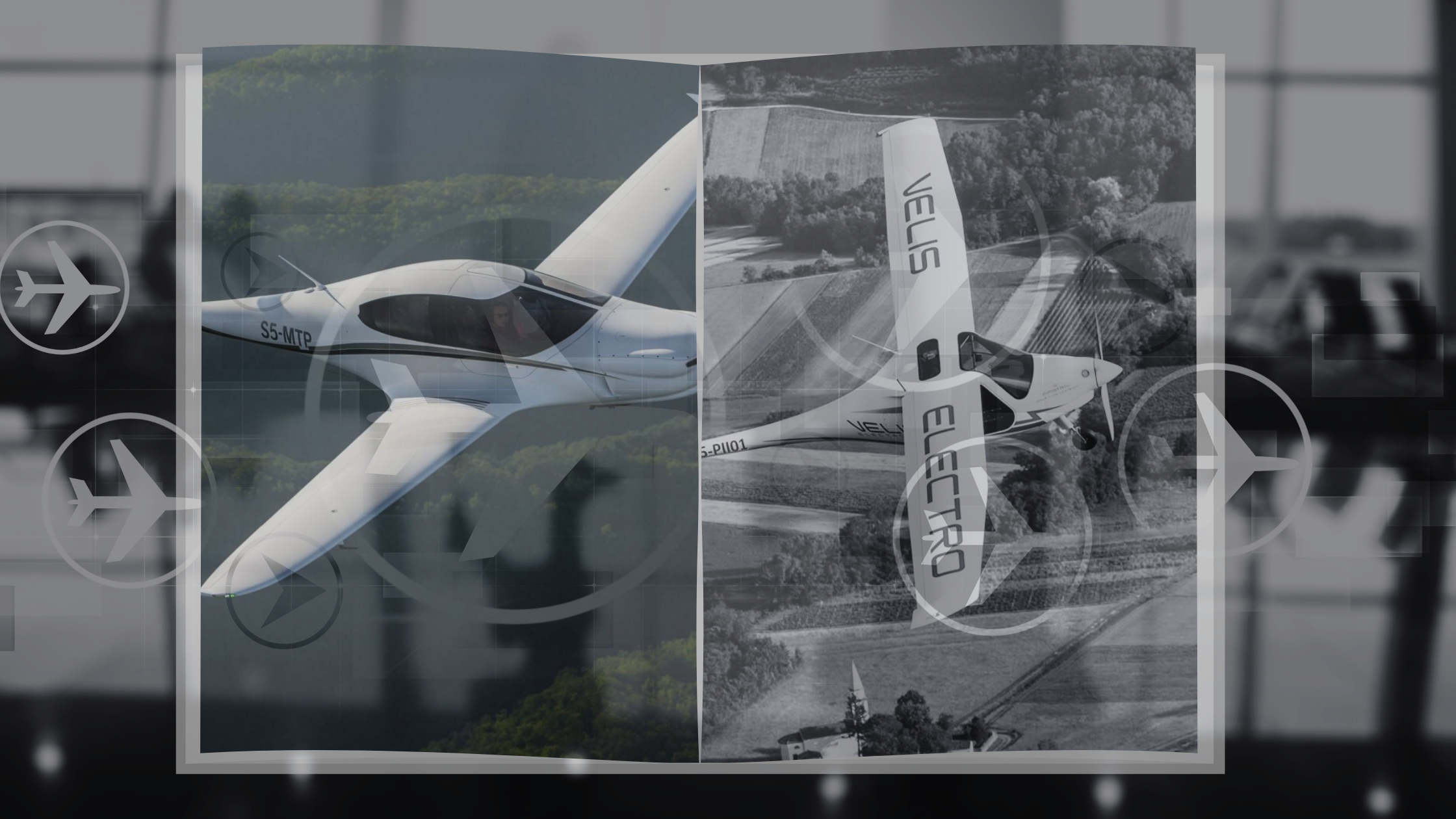
Pipistrel, a Slovenian aircraft manufacturer, developed the Alpha Electro, an all-electric two-seat training aircraft. The Alpha Electro is designed for short training flights, and it has a range of about one hour. It has been used in flight schools and training centers as a cost-effective and environmentally friendly alternative to traditional training aircraft.
More here
eFlyer 2 by Bye Aerospace - United States

Bye Aerospace, an American aerospace company, has developed the eFlyer 2, an all-electric training aircraft. The eFlyer 2 is designed for flight training and can fly for about two hours on a single charge. It is intended to replace traditional training aircraft with internal combustion engines and reduce emissions and operating costs for flight schools.
Lilium Jet - Germany
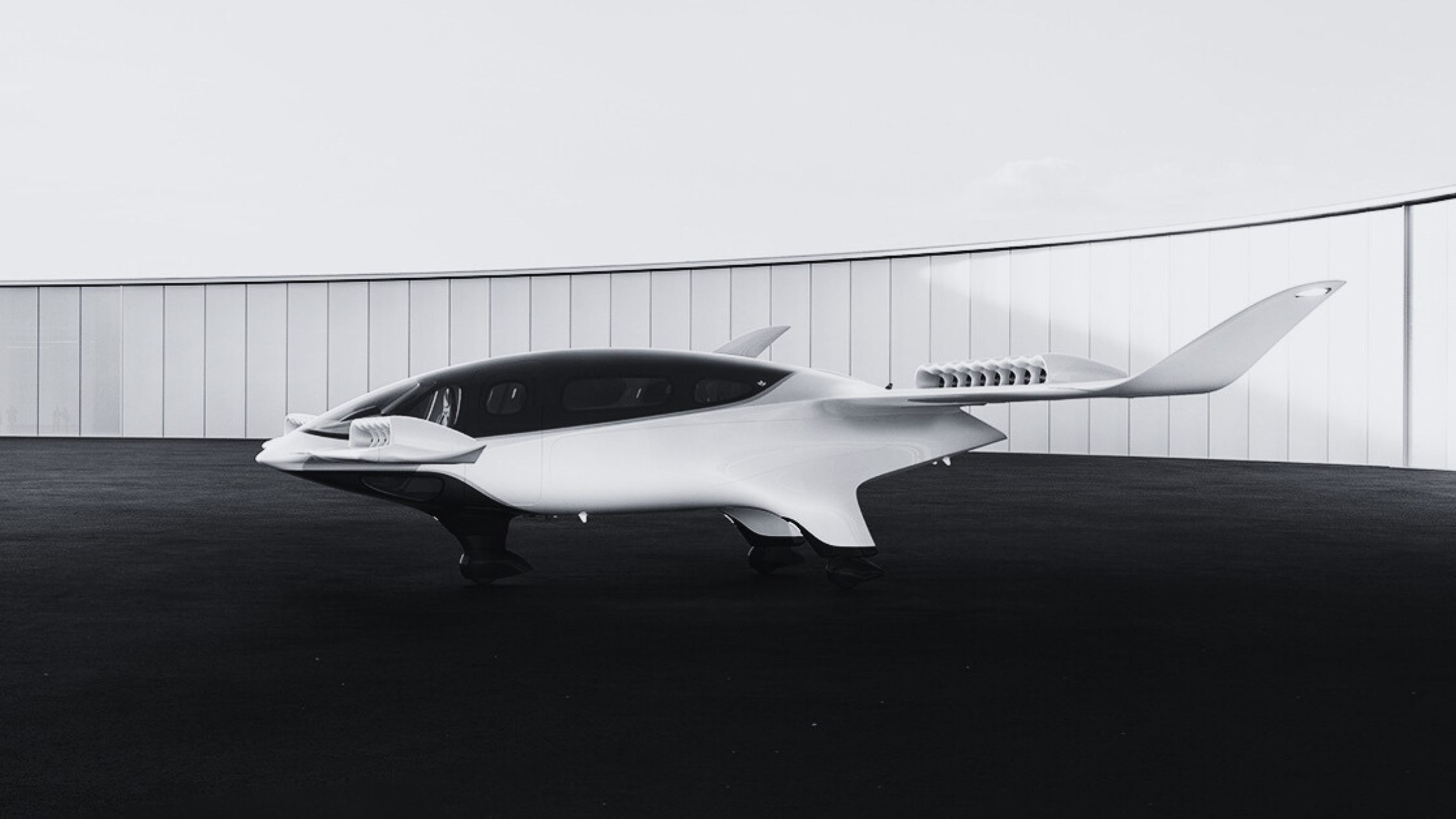
Lilium is a German startup that aims to revolutionize regional air travel with its all-electric vertical takeoff and landing (VTOL) aircraft, the Lilium Jet. The aircraft is designed to provide urban air mobility services, carrying passengers efficiently between city centers and reducing congestion and emissions in urban areas.
More here
ZeroAvia - United Kingdom and United States
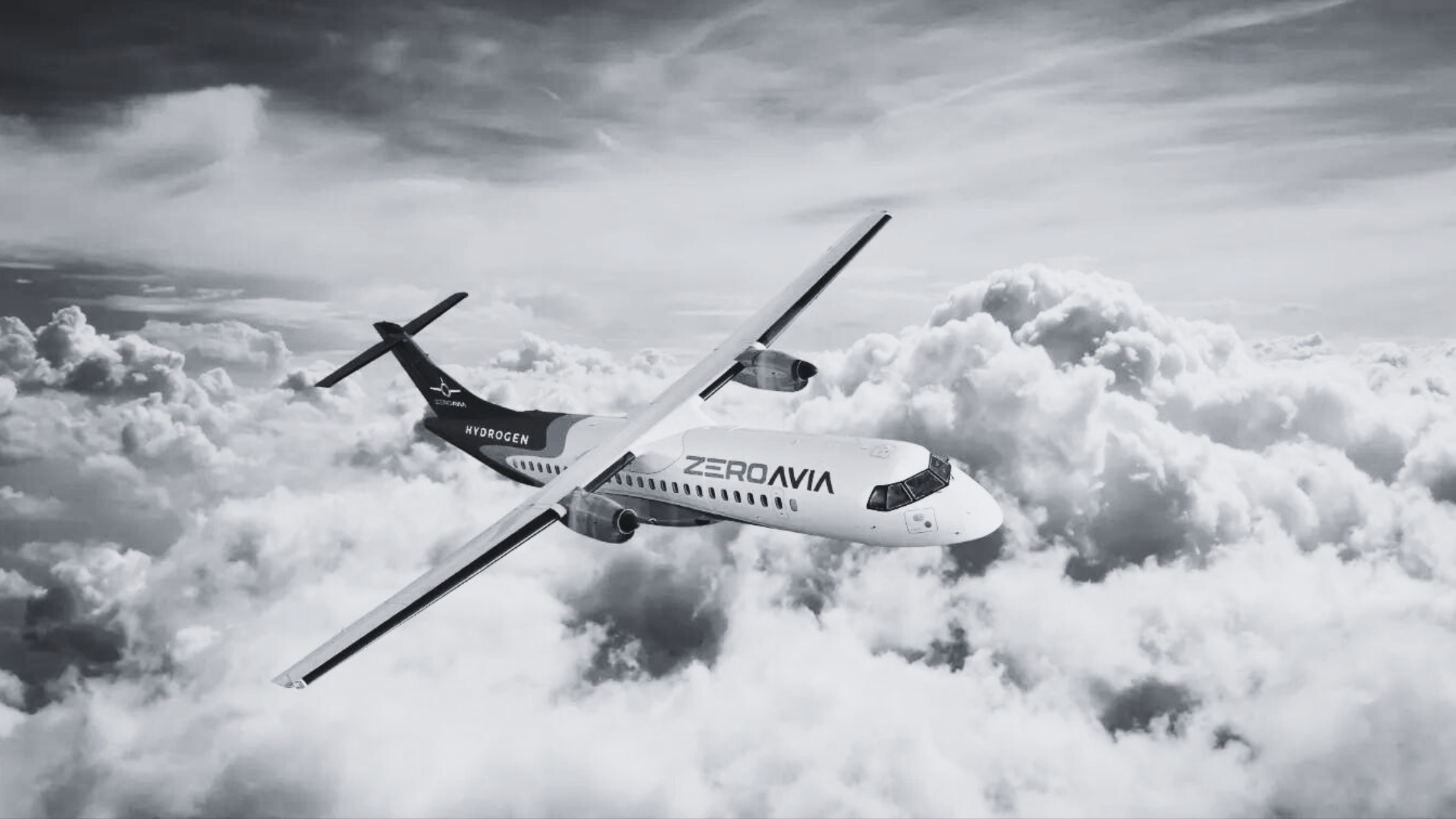
ZeroAvia is a company working on hydrogen-electric aviation solutions. They are developing hydrogen fuel cell powertrains for aircraft, aiming to create a zero-emissions alternative for regional and short-haul flights. Their vision is to significantly reduce aviation's carbon footprint by using hydrogen as a clean energy source for aircraft propulsion.
More here
Project Fresson - France
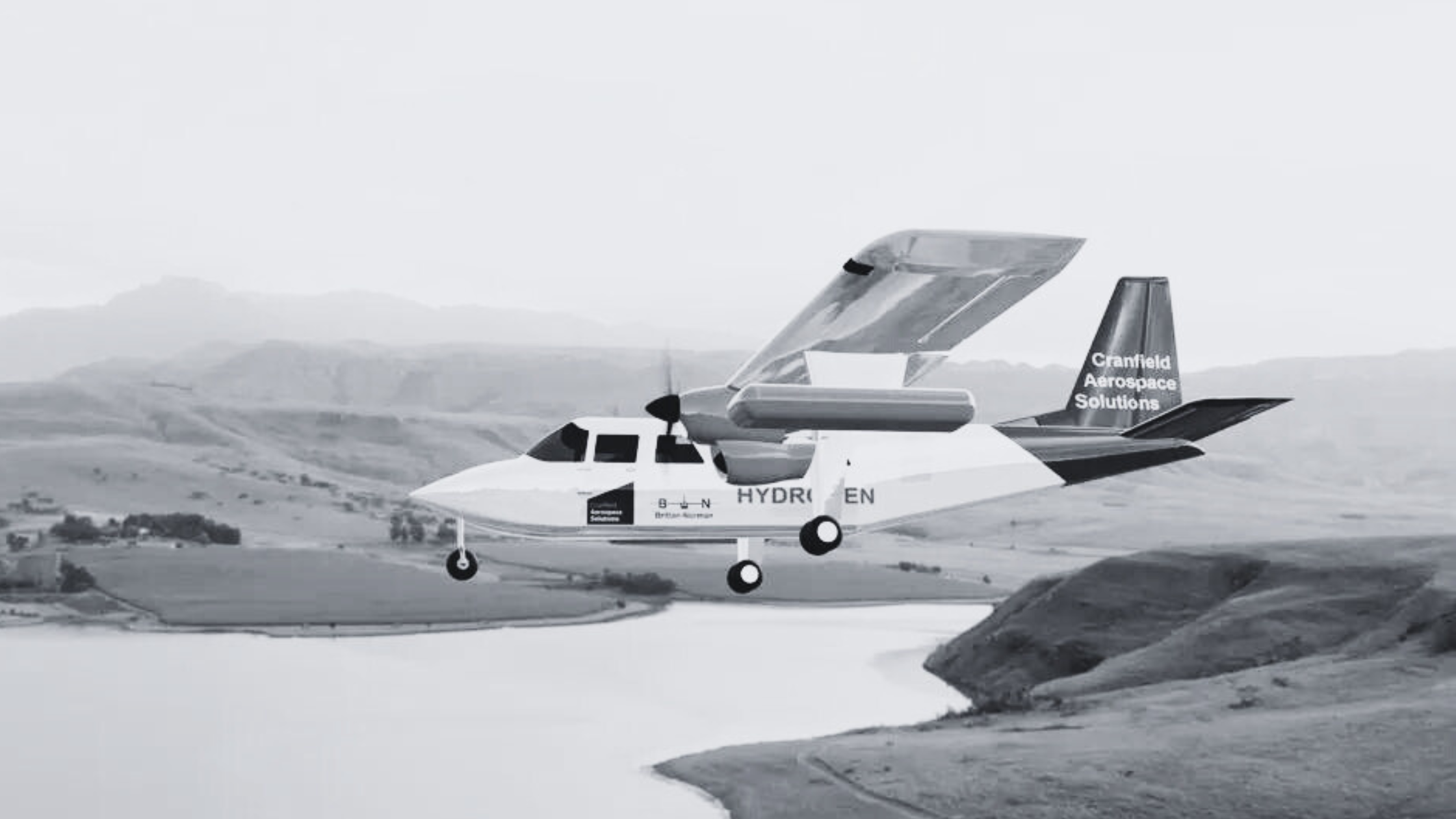
Project Fresson is a French initiative focused on developing electric propulsion systems for small aircraft. The project aims to retrofit existing aircraft with electric motors, batteries, and energy management systems, making them more environmentally friendly and energy-efficient.
More here
Magnix - United States
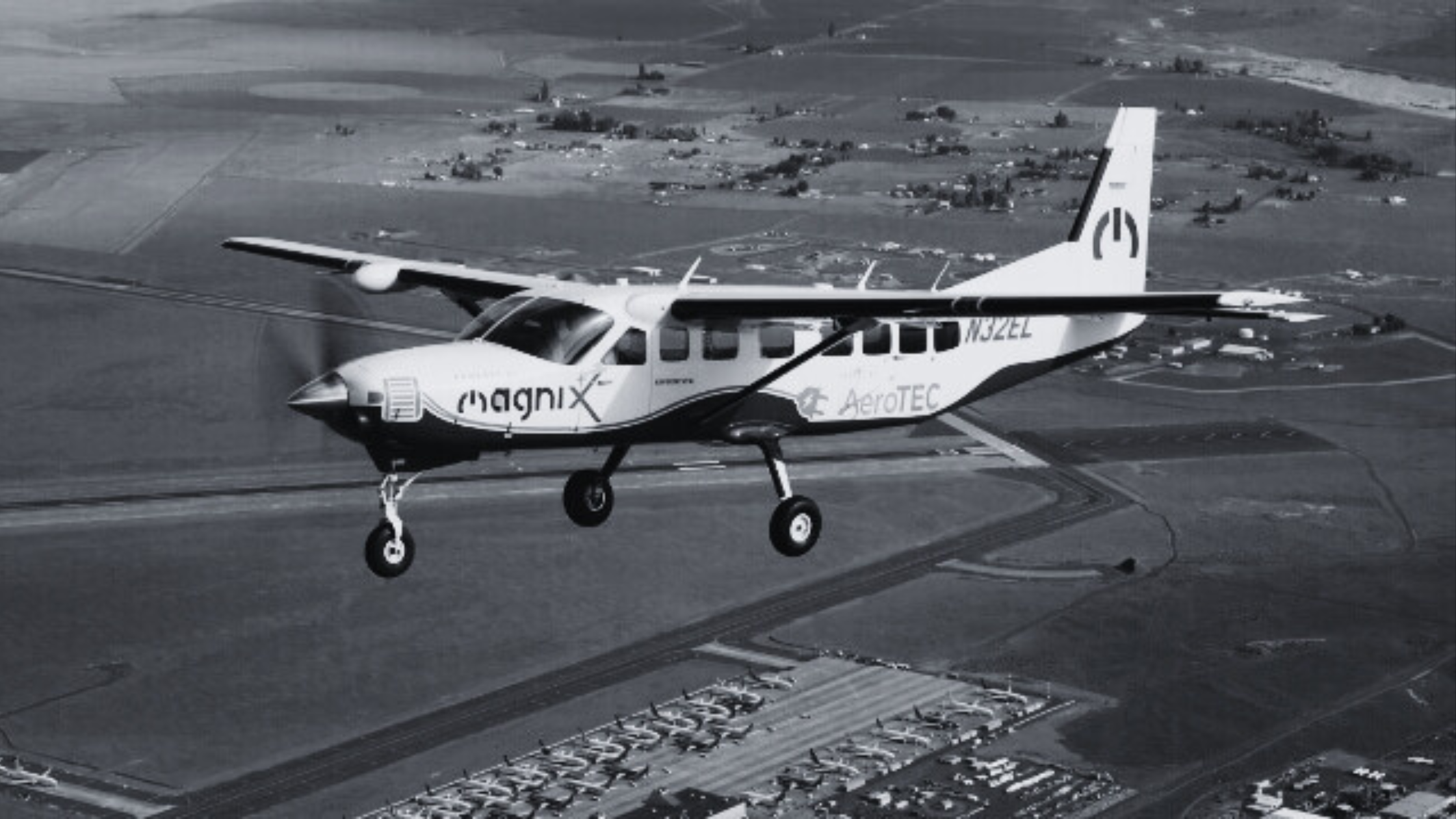
Magnix is an electric aviation company that specializes in developing electric propulsion systems for various aircraft, including small commuter planes. They are working with aircraft manufacturers to electrify existing aircraft and create all-electric options for regional air travel.
More here
These case studies and initiatives represent a growing trend in the aviation industry towards cleaner and more sustainable solutions. Electric aviation holds significant potential to reduce emissions and environmental impact, and various companies and organizations are actively working to bring electric aircraft to the market and transform the future of air travel.
The greatest threat to our planet is the belief that someone else will save it."
Robert Swan
The significance of electric aviation in modern aviation lies in its potential to address critical challenges facing the industry and contribute to a more sustainable and environmentally friendly future. Here are some key aspects of its significance:
Environmental Impact: Traditional aviation heavily relies on fossil fuels, which contribute to greenhouse gas emissions and air pollution. Electric aviation offers a path to significantly reduce or eliminate these emissions, making air travel more environmentally friendly and supporting global efforts to combat climate change.
Energy Efficiency: Electric aircraft can be more energy-efficient than their internal combustion engine counterparts, primarily due to the higher efficiency of electric motors and the ability to regenerate energy during descent. This increased efficiency can lead to reduced fuel consumption and operating costs for airlines.
Noise Reduction: Electric aircraft tend to be quieter than conventional planes, particularly during takeoff and landing. This reduced noise level can help mitigate noise pollution in and around airports, making air travel more acceptable in urban areas and contributing to improved community relations.
Regional Connectivity: Electric aircraft, especially in the form of electric vertical takeoff and landing (eVTOL) vehicles, can enable better regional connectivity by offering more convenient and direct routes between smaller airports and city centers. This can enhance accessibility to underserved areas and support economic development in remote regions.
Innovation and Technology Development: The development of electric aviation drives innovation in aerospace engineering, battery technology, power systems, and aerodynamics. This progress has broader applications beyond aviation, influencing other sectors seeking cleaner and more efficient energy solutions.
Regulatory and Policy Implications: The emergence of electric aviation prompts discussions and actions on regulatory and policy fronts. Governments and aviation authorities are increasingly exploring measures to incentivize and promote the adoption of electric aircraft, such as offering financial incentives, streamlining certification processes, and setting emissions reduction targets.
Transition to Sustainable Aviation: Electric aviation represents a key component of the aviation industry's transition to sustainable practices. As air travel continues to grow, the need for greener alternatives becomes more pressing. Electric aircraft, along with other sustainable aviation fuels and technologies, will play a crucial role in achieving the industry's climate goals.
Industry Competitiveness: Companies and nations investing in electric aviation technology position themselves at the forefront of a rapidly evolving industry. This leadership can lead to economic advantages, technological expertise, and a competitive edge in the global aviation market.
While electric aviation is still in its early stages and faces various challenges, its significance is undeniable. As technology advances, infrastructure develops, and regulations evolve, electric aircraft have the potential to revolutionize the aviation industry and pave the way for a more sustainable and greener future of air travel.
As electric wings unfold, the dawn of a new era in aviation breaks, where the skies are adorned with eco-friendly marvels and the spirit of exploration takes flight.
Keep Flying, Keep Innovating, Keep Smiling!
Generated with the help, support, and love from AI.